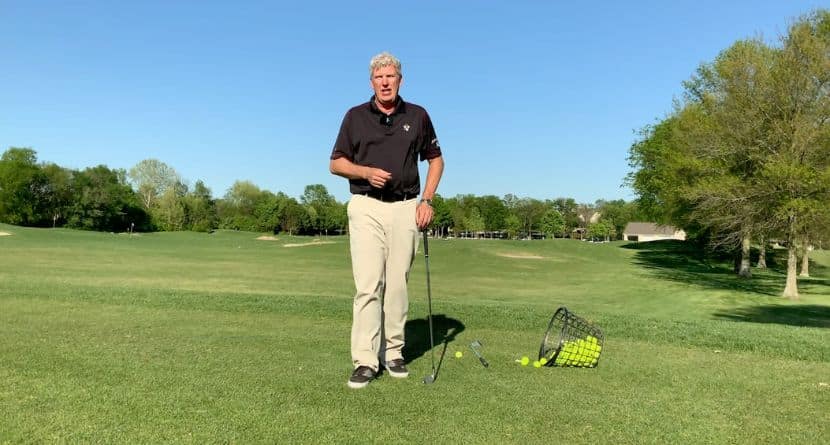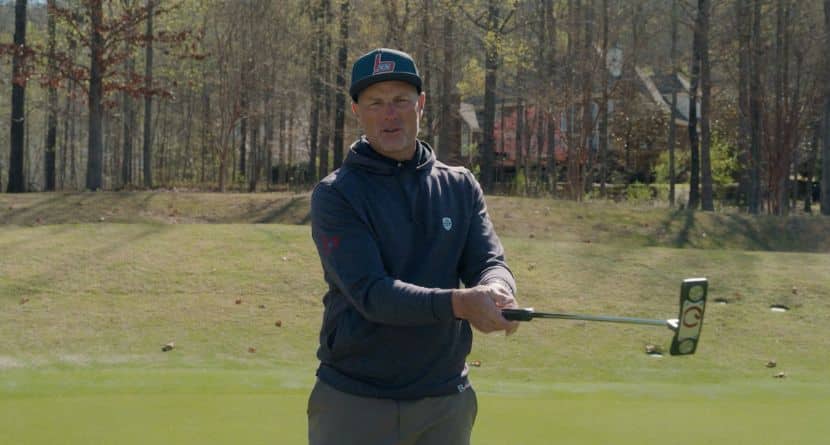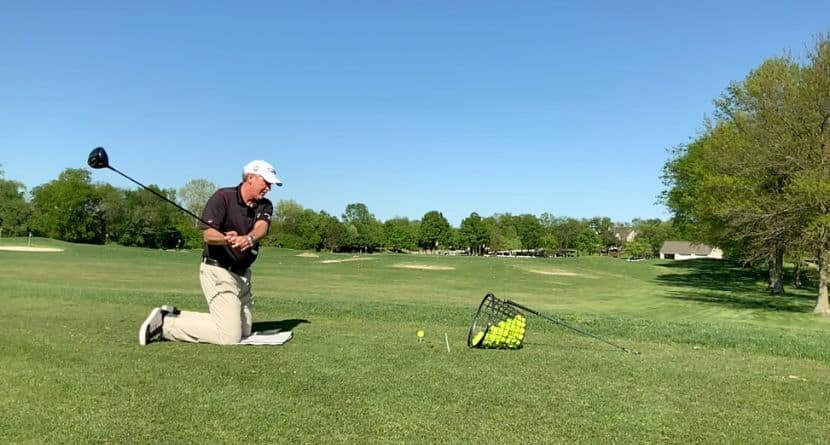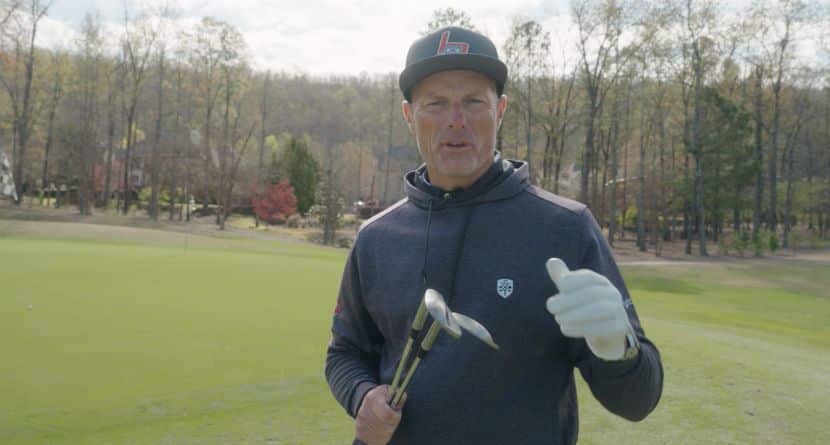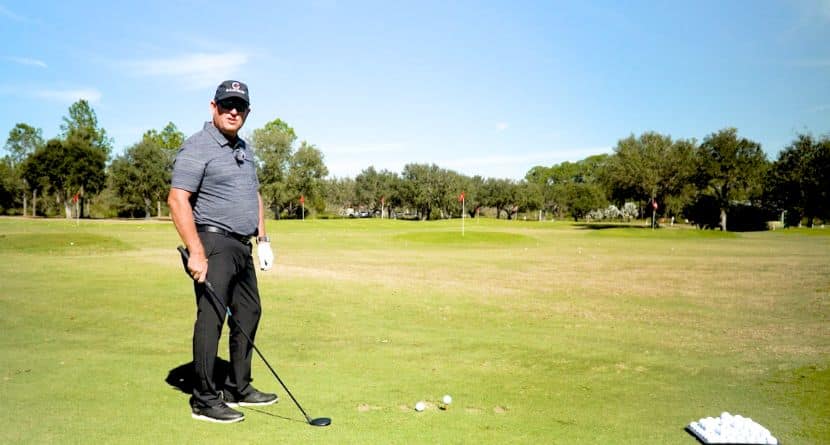Even after a great drive on a par-5, you will seldom find an approach to the green that is straightforward. When we are contemplating going for the green in two, there will most likely be a requirement to move the ball to the right or left.
Working the ball with the longer clubs is actually easier because the lower loft imparts more sidespin on the ball. However, working the ball on command and with control is a skill. Regardless of your current abilities, it is important to understand how to work the ball and this will allow you to practice it with hopes to pull off an incredible shot like Justin Thomas did on Thursday at the CJ Cup @ Nine Bridges.
Facing a long second shot into the 9th green and trees on his left that called for a draw, JT navigated the obstacle with exquisite skill that nearly resulted in an unlikely albatross, but resulted in an uphill eagle putt.
Hooks and slices usually drive amateurs nuts, but imagine starting that errant ball flight at the correct path so the ball landed on your target. The first part of making this a reality is understanding your impact position and how your club path and clubface are determining the ball flight.
To get a nice draw, we first will need a swing path that is moving from the inside to the outside through impact. Once that is established and you can make that body motion, the clubface will determine to what degree that ball hooks or draws, or even gives the dreaded straight ball.
The position of the clubface relative to the path is your key. If the clubface is square to the path, the ball will go straight; simple enough, right? Now, to get a gentle draw you will want to keep the face neutral or square, but exaggerate the path from inside to out, and in that case, the clubface is now closed to our path, which imparts the right to left spin.
The same will go for fading or slicing the ball on command. The path needs to be exaggerated from outside to in and then the correlating clubface angle relative to the path will determine how much the ball fades or slices.
A good drill to see this in action is laying one club down straight on your target line and another that points on the intended path (right of the target for a draw). Make some swings along the club that is on a draw path with a square face, an open face at address, and a closed face at address.
If done correctly, you will get three different ball flights and amount of draw or hook. This not only teaches you how to control your movement of the ball but also establishes great clubface awareness.


